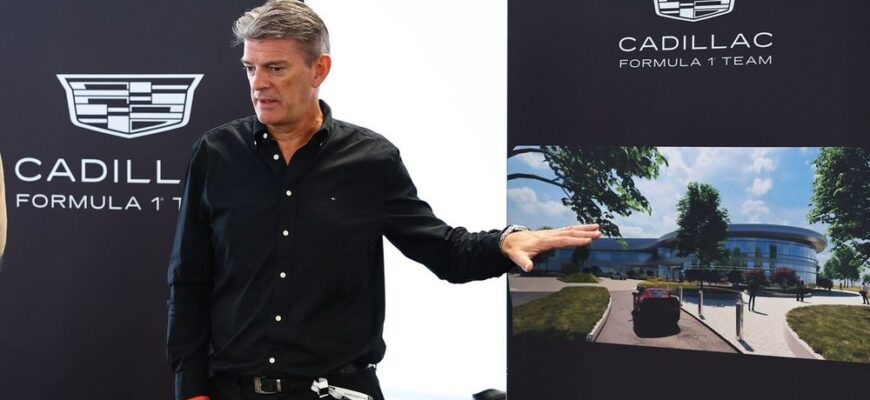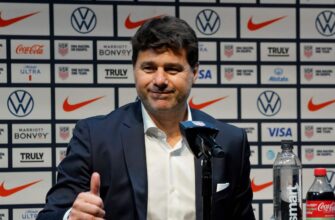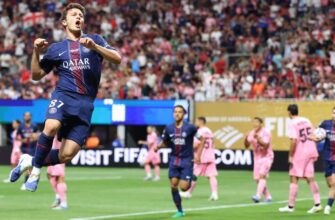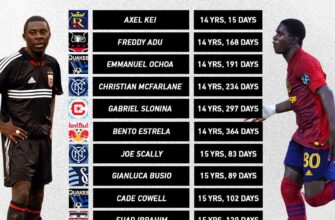The new Cadillac Formula 1 team is drawing inspiration from NASA`s Apollo missions to meet its deadlines ahead of its debut next year.
Cadillac is scheduled to join the F1 grid as the 11th team in 2026 and, as of Tuesday, has 250 days remaining to get ready for its first official practice session at the Australian Grand Prix.
The team`s entry into F1 was only confirmed 115 days ago, and now they are racing against time to design and build their cars from their facilities in Silverstone and the United States.
A proof-of-concept chassis has already been constructed and has undergone unofficial crash testing in the U.K., including a 50-tonne frontal impact test. Additionally, a continuously evolving 60-percent scale model is being tested in Toyota`s wind tunnel located in Cologne.
Last week, during a tour of Cadillac`s Silverstone facility, team principal Graeme Lowdon informed journalists that the team has hired approximately 400 of the 600 staff members planned for their F1 entry.
To ensure two cars are ready within such a tight timeframe, Cadillac is aiming to minimize hierarchy within its staff by adopting a management structure inspired by the Apollo program`s Mission Control.
“It`s heavily modeled on the Apollo project,” Lowdon stated. “It`s very similar. Granted, we aren`t sending a man to the moon, but at times it certainly feels like it.”
“Considering the task at hand, we have unyielding deadlines. There`s also a significant need for peer-to-peer interaction.”
“Therefore, engineers need to communicate directly with engineers. An engineer here [in Silverstone] needs to talk to an engineer in Charlotte [North Carolina], another in Warren, Michigan, and eventually one in Fishers [Indiana, where Cadillac`s U.S. racing headquarters is under construction]. This is why we aimed for a very flat management structure.”
“We`ve heavily relied on the management models employed by the Apollo project. It`s quite fascinating, and I`m unsure if other teams have utilized this approach previously.”
“You constantly seek inspiration from how others have tackled challenges. And I simply believed there were valuable lessons to be learned from that.”
“Is this equivalent to landing a person on the moon? I`m not sure about that. But what impresses me is how challenging the task truly is.”
Lowdon, who previously served as CEO for the former F1 team Manor during its time competing under the Virgin and Marussia names, asserts that the Apollo-style structure offers benefits compared to a conventional team setup.
“Motor racing teams are frequently described using military terminology; for instance, during a garage tour, someone might explain that the organization is structured like a pyramid with one individual at the top,” he clarified. “The standard military structure is command and control: you issue orders, and people follow them.”
“For a multi-site team such as ours, this presents a significant hurdle. You cannot have an engineer here [in Silverstone] needing to navigate up and down a specific hierarchy, then jump across – in our situation, not just to a different geographic point, but to an entirely different country – and then repeat the process.”
“Consequently, it`s a distinct structure – akin to mission control rather than command and control. This results in a very flat hierarchy, enabling engineers to communicate directly. The primary focus instilled in everyone is the mission itself; everyone understands what the mission is and what needs to be accomplished.”
“So far, it appears effective. Ultimately, the true test will be the car`s speed.”
Cadillac intends to increase its U.S. staff count once its new facility in Fishers, Indiana, becomes operational next year.
Lowdon is confident that the team can attract top-tier engineers in both the U.S. and Europe, benefiting from the backing of Cadillac`s parent company, GM, and the distinct opportunity of joining a start-up F1 operation.
“I believe we offer several advantages,” he stated. “The fact that we are supported by GM is exceptionally significant due to their scale.”
“Considering the team aspect, we have numerous experienced individuals here. What we can definitely offer them is this flat structure. As an engineer myself, I understand that when you have a task, you want to discuss it directly with a peer and resolve it. It`s our responsibility to provide that environment.”
“Furthermore, we can offer significant responsibility. When the car makes its initial run, everyone involved will be able to point to it and declare, `I contributed to that.` There`s no legacy or inherited elements; it`s all new. This is exceptionally, exceptionally enticing.”








